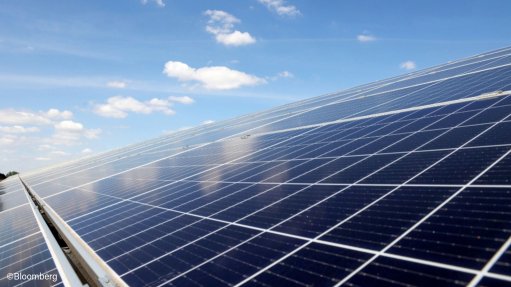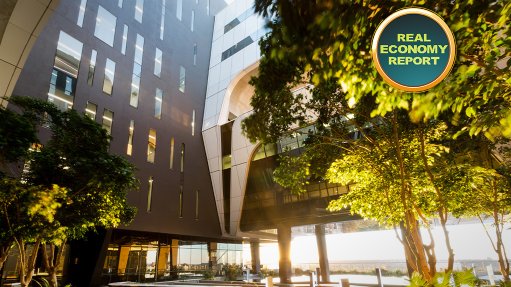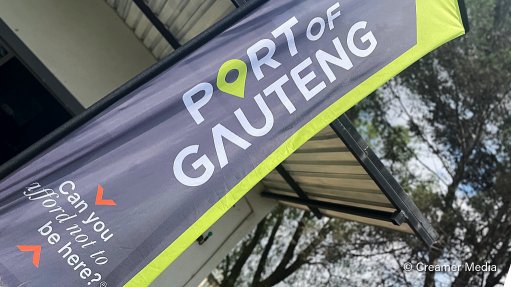Hardware, building material markets more buoyant but difficult conditions linger in building sector
After slipping to 27 in the first quarter of the year, the FNB/BER Building Confidence Index increased to 39 in the second quarter.
Even though this is the highest level the index has reached since the first quarter of 2018, at the current level, more than 60% of respondents say they are still dissatisfied with current business conditions.
“There is a key distinction between when the index was last at this level and now,” says FNB senior economist Siphamandla Mkhwanazi.
“In the first quarter of 2018, confidence among the various subsectors which comprise this index was at more or less that level.
“Now, confidence is being lifted by building material manufacturers and hardware retailers. In contrast, the confidence of what can be considered the mainstream building sector is still very depressed.
“The higher composite confidence index hides how difficult conditions in the sector still are,” adds Mkhwanazi.
“If one were to recalculate the index without building material manufacturers and hardware retailers, confidence is at a lowly 25. As things stand, we are set to see the building sector once again far underperform the rest of the economy this year.”
The confidence of main contractors gained two points to 22 in the second quarter of the year.
In terms of activity, the improvement was more pronounced, as expected.
“The index measuring activity was noticeably better this quarter and understandably so,” cautions Mkhwanazi.
“The question asks respondents to compare activity relative to the second quarter of 2020, a period when most building work was halted.
“As such, the improved activity is largely due to extremely low base effects and not suggestive of a vastly improved level of activity in the building sector.”
Also highlighting the continued downbeat conditions in the sector was overall profitability, which remained weak, even relative to the second quarter of last year.
“Internationally, we’ve seen building input prices rise dramatically over the past few months as global demand far outstrips supply,” says Mkhwanazi.
“At the same time, domestic building demand remains too weak for contractors to fully pass these prices on to clients.
“As such, some contractors have had to resort to suicide pricing to secure contracts.”
On a subsector level, the trends remained broadly similar to those reported in previous quarters.
The residential sector is faring better than the nonresidential sector in terms of confidence and activity.
Subcontractor confidence gained ten points to register a level of 29 in the second quarter of this year.
Activity was somewhat better than for main contractors, likely pointing to a stronger uptick in smaller, rather than bigger projects.
With respect to the building pipeline, activity remains low, but stable.
As such, the confidence of architects and quantity surveyors was up by only two and nine points to 23 and 26 respectively.
“The results from the building pipeline provide no indication that better demand for building work is in the offing. This further emphasises the likely temporary nature of the rise in main contractor activity seen this quarter,” remarks Mkhwanazi.
The resilience in demand for retail hardware continues to surprise, however.
According to survey respondents, sales volumes remain well supported and, as a result, hardware retailer confidence regained its losses of the first quarter of 2021, to register a level of 65.
This is the highest level of the index since the fourth quarter of 2007.
“Retail sales have consistently outperformed in recent months, supporting hardware retailer confidence, but also the composite confidence index,” says Mkhwanazi.
“However, the caveat is that this represents a small subset of the building sector, namely the DIY and informal markets.”
The biggest change in confidence (31 points) was registered by manufacturers of building material.
At 67, sentiment is also the highest of the subsectors surveyed.
A strong rebound in domestic demand, reflected in both sales and prices, underpins the positive sentiment. Expectations for the third quarter are also upbeat.
Comments
Announcements
What's On
Subscribe to improve your user experience...
Option 1 (equivalent of R125 a month):
Receive a weekly copy of Creamer Media's Engineering News & Mining Weekly magazine
(print copy for those in South Africa and e-magazine for those outside of South Africa)
Receive daily email newsletters
Access to full search results
Access archive of magazine back copies
Access to Projects in Progress
Access to ONE Research Report of your choice in PDF format
Option 2 (equivalent of R375 a month):
All benefits from Option 1
PLUS
Access to Creamer Media's Research Channel Africa for ALL Research Reports, in PDF format, on various industrial and mining sectors
including Electricity; Water; Energy Transition; Hydrogen; Roads, Rail and Ports; Coal; Gold; Platinum; Battery Metals; etc.
Already a subscriber?
Forgotten your password?
Receive weekly copy of Creamer Media's Engineering News & Mining Weekly magazine (print copy for those in South Africa and e-magazine for those outside of South Africa)
➕
Recieve daily email newsletters
➕
Access to full search results
➕
Access archive of magazine back copies
➕
Access to Projects in Progress
➕
Access to ONE Research Report of your choice in PDF format
RESEARCH CHANNEL AFRICA
R4500 (equivalent of R375 a month)
SUBSCRIBEAll benefits from Option 1
➕
Access to Creamer Media's Research Channel Africa for ALL Research Reports on various industrial and mining sectors, in PDF format, including on:
Electricity
➕
Water
➕
Energy Transition
➕
Hydrogen
➕
Roads, Rail and Ports
➕
Coal
➕
Gold
➕
Platinum
➕
Battery Metals
➕
etc.
Receive all benefits from Option 1 or Option 2 delivered to numerous people at your company
➕
Multiple User names and Passwords for simultaneous log-ins
➕
Intranet integration access to all in your organisation

















